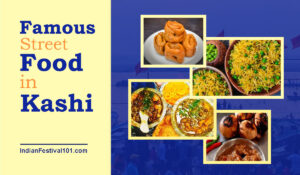
Cultural Diversity in India: 10 Interesting Facts That Make Indians Proud
India is often referred to as a “melting pot” of cultures. It is a land…







The ancient Hindu festival of Rath Yatra, which is observed with incredible passion and devotion, is of extreme significance to Indian culture and spirituality. The majestic procession of Lord Jagannath, his sister Subhadra, and brothers Balabhadra in beautifully decorated chariots is a highlight of this colourful event. Rath Yatra continues to enthral millions of people…

India has several important days of historic importance and is collectively known as national festivals. The national festivals of India stand as pillars of national pride. These festivals hold profound significance in the hearts of every Indian who holds the spirit of freedom, democracy, and non-violence. In the Indian Festival list, we will find the National…
Birthdays are a time of joy, celebration, and creating lasting memories with the ones we love. While traditional parties and gatherings are always wonderful, adding an element of surprise can elevate the birthday experience to a whole new level. Whether you’re planning for a friend, family member, or significant other, here are ten memorable birthday…
Rangoli is a traditional Indian art form and a colourful way of expressing creativity. From auspicious occasions to festive celebrations, Rangoli competitions add excitement and challenge to this ancient art, pushing participants to think beyond traditional designs. If you’re organizing or participating in a Rangoli competition and looking for the best and unique themes, here…
On different occasions especially in Kumbh Mela during Makar Sankranti, a huge gathering of Naga sadhu is seen in Prayagraji in Uttar Pradesh at the bank of the Ganga River. There are many questions people want to know about the mysterious life of Naga Sadhu and their power in India. Who are Naga Sadhus? What…